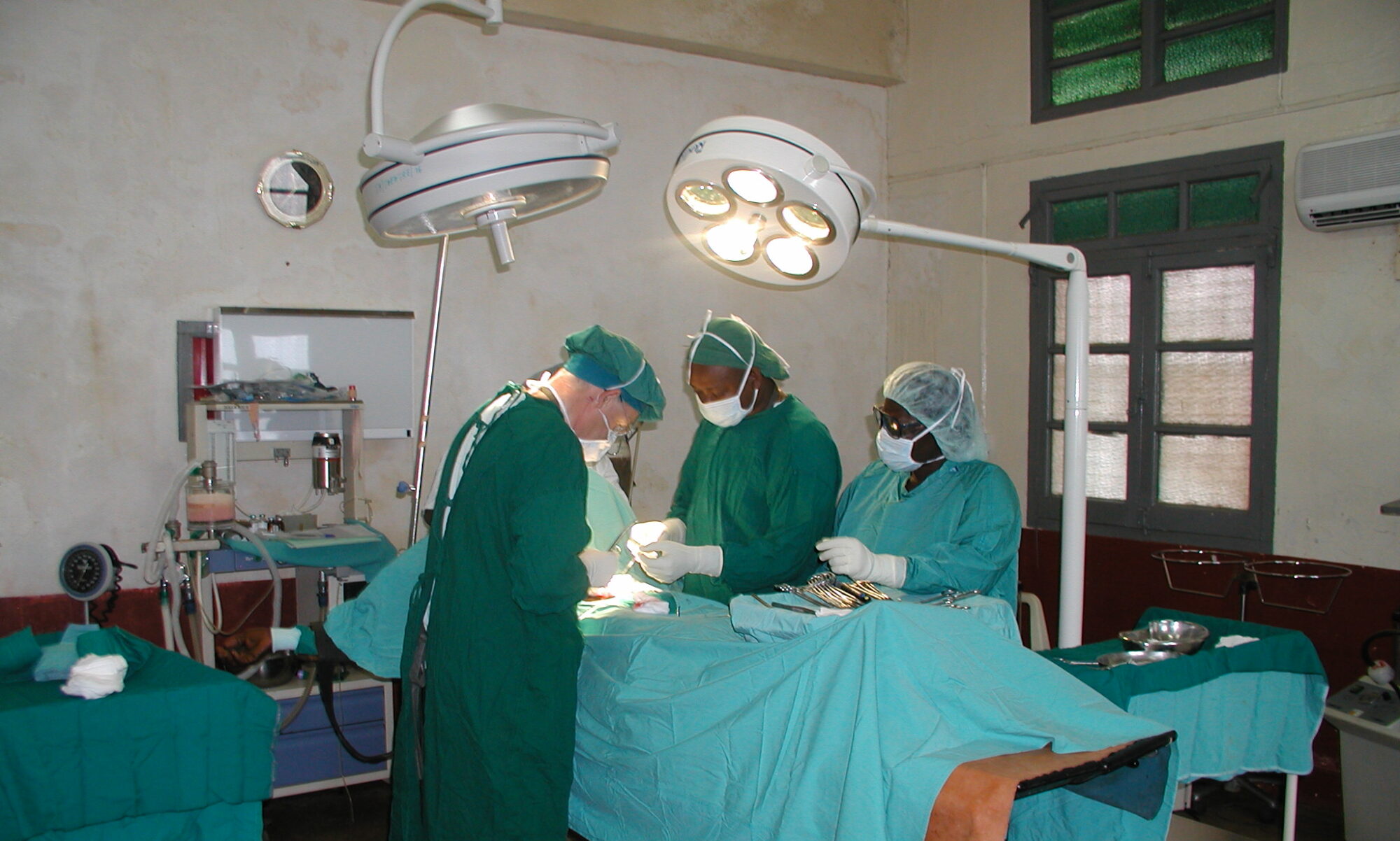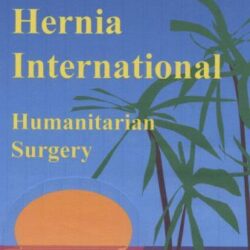Luwero, Uganda September 2017
In September 2017, an eager group of doctors touched down in Entebbe, ready for another ‘hernia camp’ at the Bishop Asilli Hospital in Luwero. Three previous attendees (Tim Brown, Scott Caplin, David Hepburn), plus two new additions to the group (Guy Shingler, consultant surgeon and myself, Laura McClelland, ST7 in anaesthetics) under the care of Andy Pilcher (Care for Uganda) and his local staff. They ran as slick an operation as is possible and we were grateful for all of their hard work.
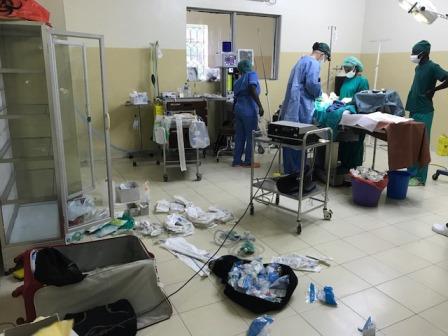
Most team members knew each other. I knew only one person but was sure that we would all be firm friends soon enough. Indeed, there is no greater breaker of ice and general leveller than when one is forced to dangle by the waist from the window of a Matatu taxi, violently vomiting for Britain, much to the hilarity of local Ugandans. When such things occur within two hours of landing, there can be no doubt that the rest of the trip will be just as eventful.
After a very welcome sleep in a guest house, we made our way to Luwero. The Matatu paint work bore no evidence of the Welsh vomit and it was like it had never happened. I would go as far as to say that I had a spring in my step as I skipped off into the dusty horizon. We drove through miles and miles of colour, dirt, poverty, pride, industry, farming, innovation, hope and helplessness. I felt incredibly privileged for all that I had ever had and was thankful for the fact that my children, by dint of where they were born, were dealt a far safer, healthier, easier hand than so many of the young lives that I observed playing at the roadside, lugging cans of water.
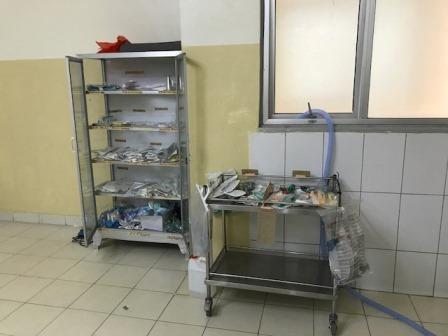
After arriving in Bbowa we visited the hospital for a pre-op clinic and visit to the theatre suite. The patients ranged from five months to seventy years in age. Some had travelled for days to get to the clinic. Others had been postponed from the previous year. All were shy in front of the pasty, white-faced doctors and the children made not a sound.
We identified the patients for the following day, delivered pre-op instructions through a mixture of broken English and sign language: possibly not fully understood. By the end of the clinic, we were explaining ‘tomorrow, no eat, no drink, needle in back’, finishing with a smile and a big ‘thumbs up’.
The next morning was my first experience of providing anaesthesia outside a UK teaching hospital. Dave talked me through his previous experience and we made plans for the general/regional anaesthesia cases. I made up a spinal trolley and an airway trolley in order to provide us with a degree of preparedness, familiarity and control in what I sensed would be a rather different working setup than I was used to. Drugs, kit, a draw-over vaporiser, an anaesthetic machine, some halothane and a large oxygen cylinder all checked and ready – it was time to start.
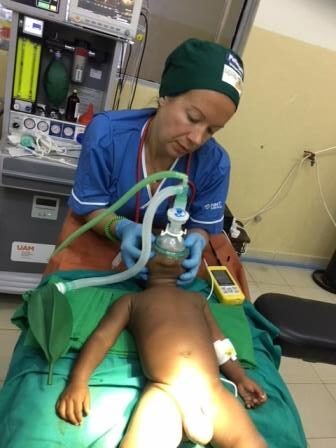
Our first patient was a five-month-old boy. This was nerve-wracking as such a case would be the preserve of the paediatric anaesthetist in ‘our’ world. A carefully thought out plan and rigorously prepared monitoring, equipment and drugs were all that we bring to the situation and so we just had to do the very best we could. All went well and we breathed a sigh of relief that our first challenge had been safely overcome.
During the week, we performed over 80 procedures on children and adults. The motivation of patients and staff enabled us to operate on a wide range of hernias under spinal block or local anaesthesia, with the occasional use of intravenous analgesia and sedation. The paediatric cases underwent general anaesthesia with or without caudal blocks. Interestingly, only one little girl cried at induction. We took them into the theatre ourselves with the parents trustfully sending them off with a clear warning to behave!
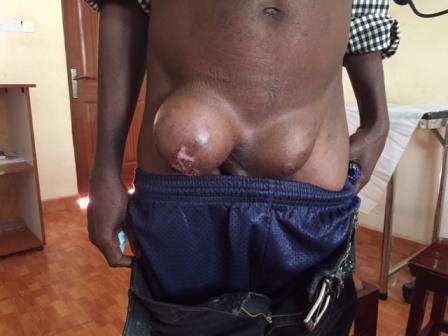
We did deviate from our ‘hernia’ mission on one occasion as we happened upon an extremely ill 28-year-old man on the ward. He had a perforated duodenal ulcer and was awaiting a review the following day. We explained to the patient and his family that an emergency laparotomy was his only chance of survival but his chance of death was high.
A mere seven hours into the work and we were about to anaesthetise a moribund, under-resuscitated, individual in an unfamiliar environment, among staff who spoke a different language, without standard monitoring or the normal drugs we would use. Nor was there an intensive care unit if we even got that far.
Was this appropriate? Were we interfering in the sociocultural ways of the Ugandan health system? We were present as volunteers and providing our care free of charge, but the post-operative care would be charged to the family. Would they be able to afford it? Were we potentially condemning them to a future of poverty? Their main breadwinner was very likely to die. Were we imposing our cultural values on them?
He made it through his surgery (6 litres of intra-peritoneal pus) and the night with strict post-operative instructions about fluids, analgesia, antibiotics, urine output and observations etc. He was still extremely sick the next day, but we continued to do what we could with improvised physiotherapy and oxygen via a concentrator, when power permitted.
On day two he was worse: pyrexial, hypoxic and tachycardic. All we could offer was the same with regular visits for coughing exercises, chest percussion and brief periods of sitting. On day three, he smiled and said the coughing was making him tired. On day four, he started to sip water and sat in a chair for five minutes. By day five, he was sipping mango juice and eating cake. He stood up, before collapsing back on his bed – we were thrilled.
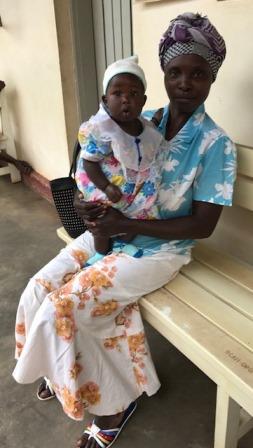
We have received regular updates since leaving and he is now back home with his family and his cows. I don’t think we could hope for more. This was achieved without a financial burden on either him or his family.
Watching our young friend come through his ordeal with good attention to basic physiology, medicine and nursing care was one of the most valuable and rewarding experiences of my career to date. I will forever draw on the lessons it taught me.
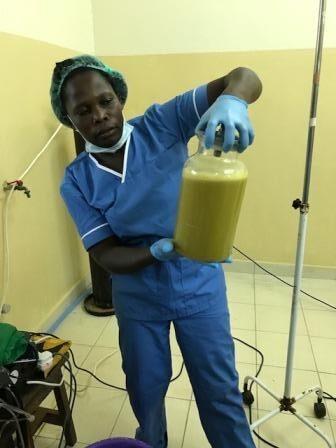
At the end of the week, we had a special delivery – all the way from the Sancta Maria Hospital in Swansea. A donated ultrasound machine, shipped over to Uganda, had finally arrived in one piece. A great deal of time, money and effort had gone in to getting it to this final destination and the hospital were in desperate need of a functional machine – would it work?
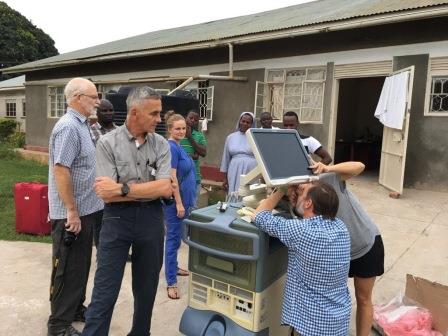
With a mixture of euphoria, relief and concern, the machine was unloaded and manoeuvred into her new home. We all stood in silence, an audience full of anticipation and hope, praying that the Toshiba Aplio from Wales would do us proud. The radiographer happily wielded his probe on a ‘volunteer’, showing us all his model viscera. The machine continues to do great work for the local community but they can’t change the date format and so all scans will forever be dated December 2010!
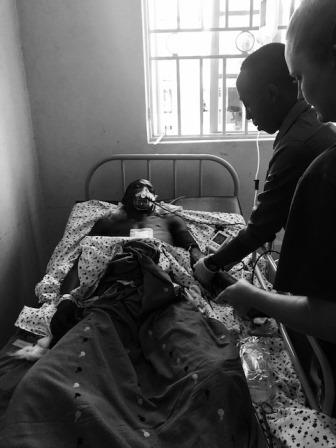
Our work with a bunch of terrific, highly able local staff who had taught us much had sadly come to an end. We hope that we had taught them as much as they taught us. We had safely undertaken anaesthesia and surgery on a large number of people, allowing them a healthier, more comfortable future. And the ‘team ultrasound’ had worked well, justifying what had seemed like an impossible task during the planning phase.
The experience felt like it had gone by in a flash but similarly, I was often convinced that it had started in a different lifetime. It had shown me many things, some of which I noticed at the time and some which will no doubt continue to reveal themselves as time goes by. I am a better doctor and human for having been on that trip and feel fortunate for the opportunity to have done it.
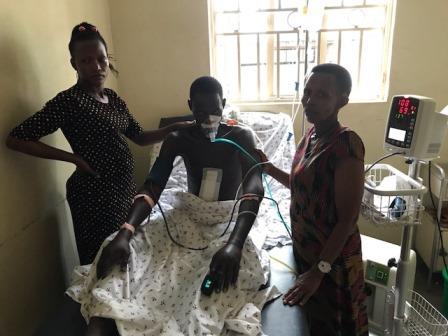
My greatest joy, however, is that there was no public vomiting on the return journey.
